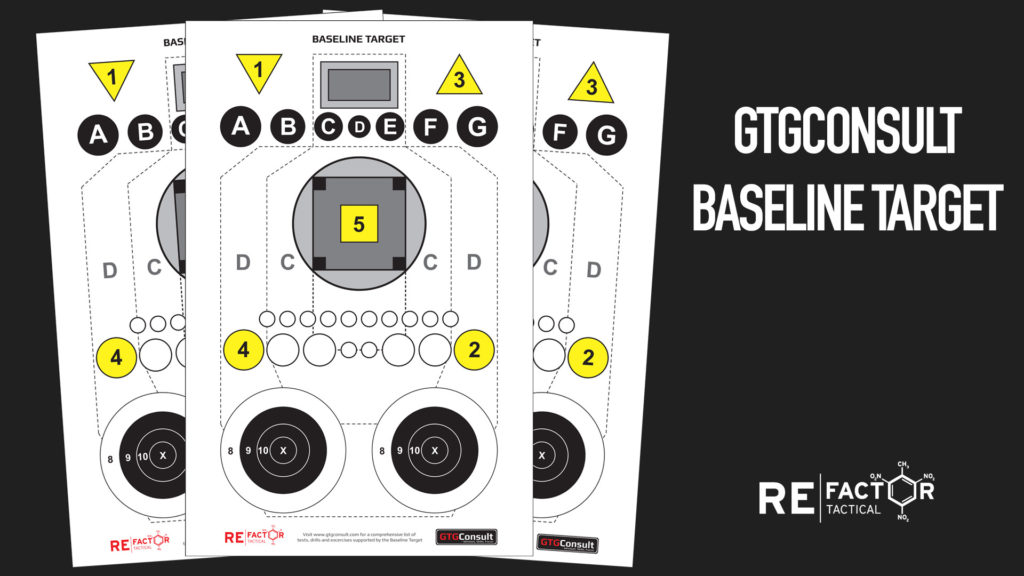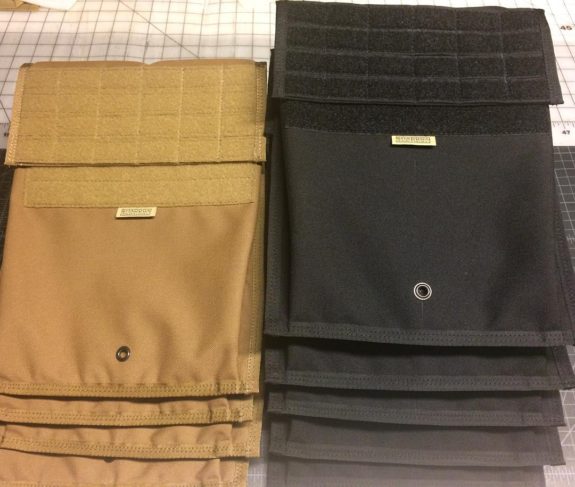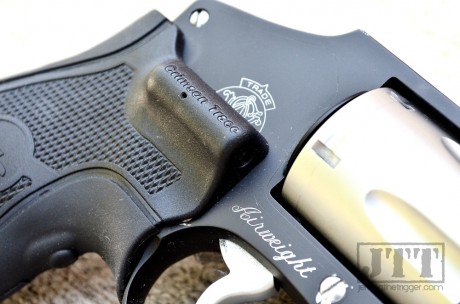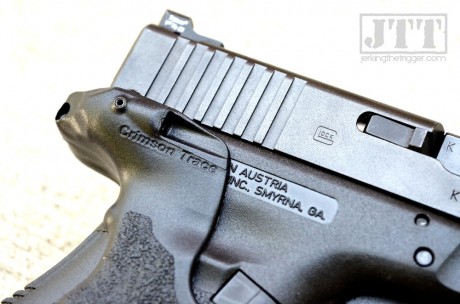This article is about an exceedingly simple and safe way to control your AR (or AR pattern) rifle during movement in the backcountry. This is not a sexy technique. This is probably not even the right technique for some user groups. This may not even be original to me (though I didn’t learn it from any other source). This is just something that works.
The Problem…
Moving through areas with a lot of brush or areas that require a lot of bending over to pass through, your slung AR can swing on its sling or interact with your surroundings or your own gear in strange and unsafe ways. This is doubly true in winter when you wear heavier layers and you are more likely to do things like ducking under trees bent over by snow load. Snow can turn even wide, well maintained trails into a backcountry travel experience.
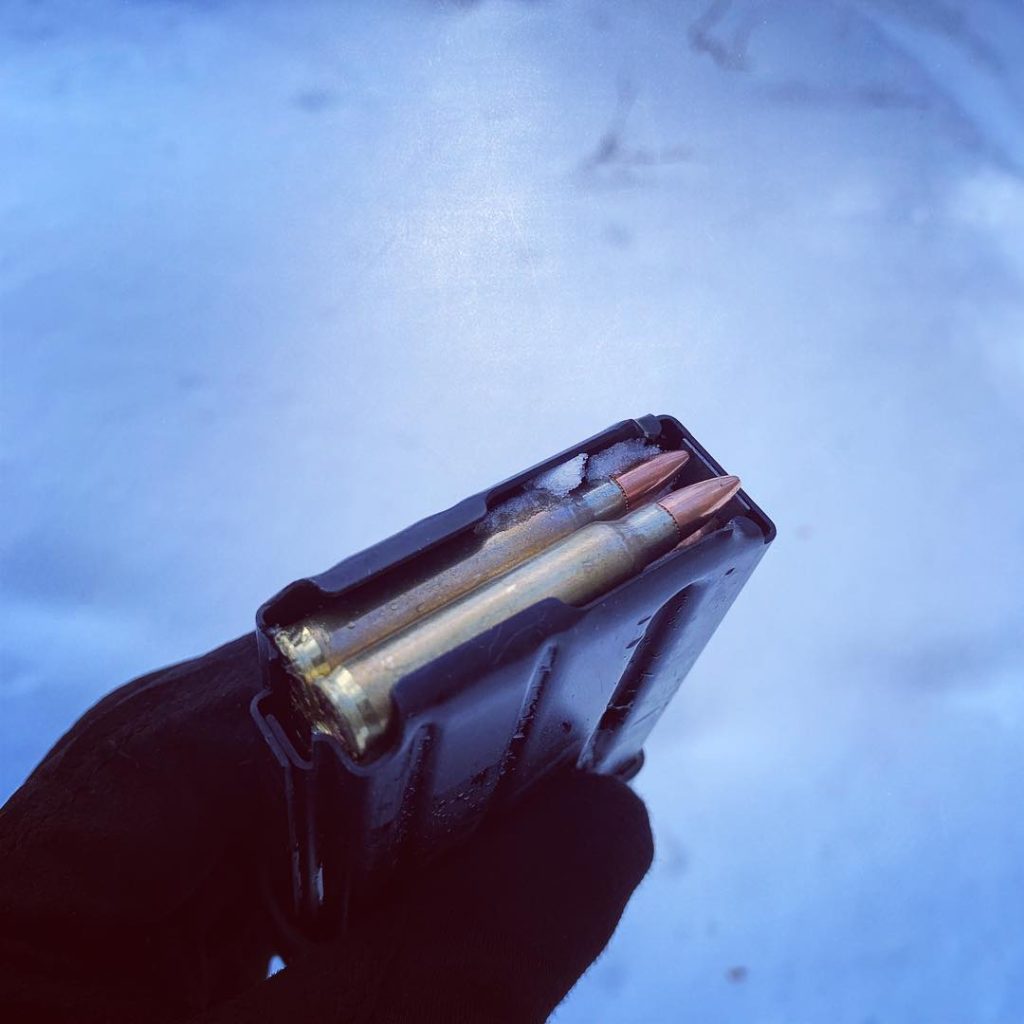
I enjoy snowshoeing in winter for exercise and adventure. Just this winter alone, I have seen someone’s selector swept to the fire position and I’ve had my own magazine ejected. Both of these events happened while moving through or under natural impediments and by no intentional interaction on the user’s part. Sometimes it is the brush itself that causes the problem. Sometimes the user’s gear causes the problem when the rifle dangles and rubs against the wearer while they move.
This also starts to get a little bothersome when you think of what your muzzle is doing while you navigate these kind of obstacles. It may be swinging across your feet and legs or dipping into the snow. Neither of which are safe.
My Solution…
There is a natural solution to this problem… just maintain some control of the firearm. This can be difficult when traversing difficult terrain but it must be done. The conventional wisdom is to maintain a firing grip with your strong hand but, truth be told, I want my strong hand free for work when doing things like holding back branches that would otherwise go at my eyes, hanging onto the something during a steep side traverse, or stabilizing myself with a third point of contact while I duck under low limbs.
What I do is simple. I use my support hand clamped around the back of the receiver where it meets the buffer tube. I hold the rifle here and use my thumb (and my middle finger too if I have an ambi safety) to hold the selector in the safe position. I also apply some very slight downward pressure at this point on the rifle which, when using a two point sling, automatically rotates the muzzle up and to the side so it doesn’t dangle across my legs or dip into snow. The more downward pressure I apply, the higher the muzzle rotates.
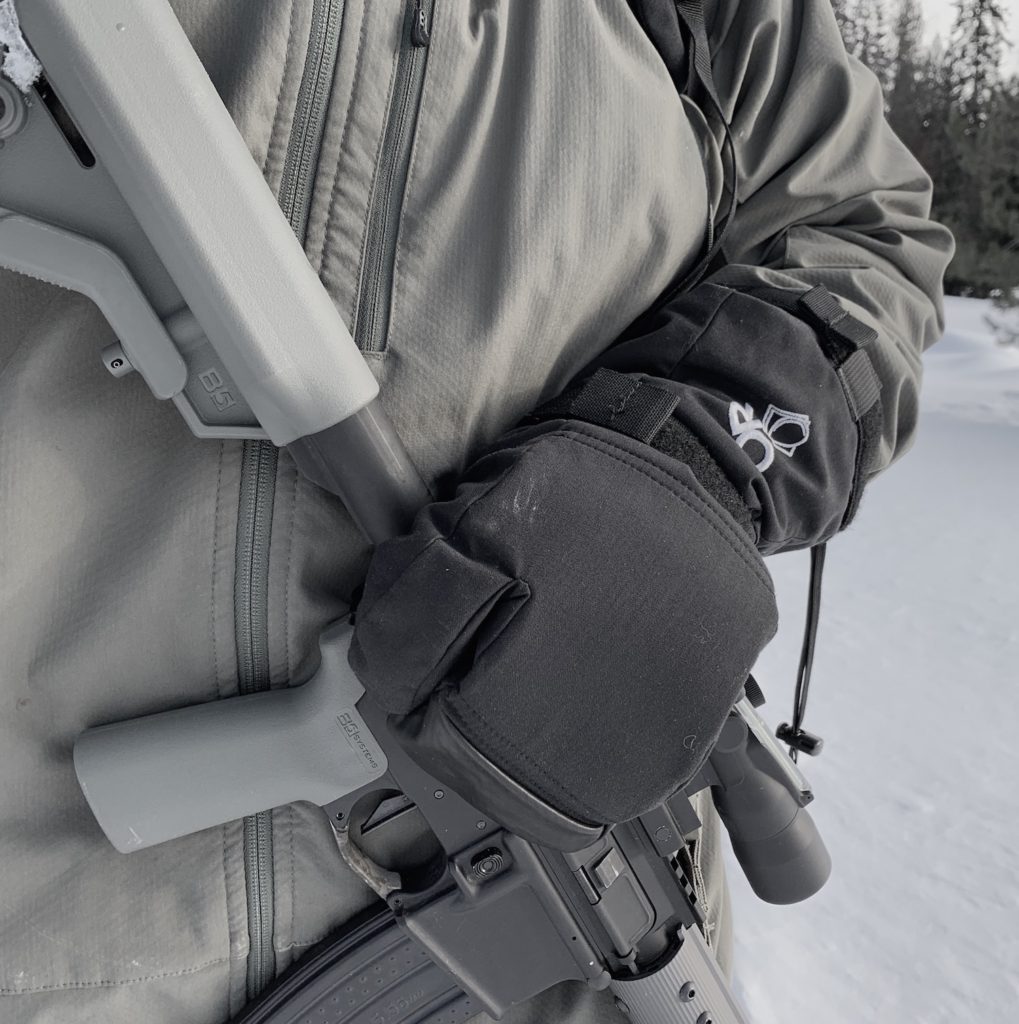
This technique blocks the safety, controls the muzzle, and keeps the rifle from swinging all at the same time. It also keeps all my digits away from the trigger guard and allows me to immediately free my support hand should I start to fall because my hand is coming in from the top of the rifle. Controlling my AR in this manner has become second nature to me.
Wrap Up
This article is already way too long considering I am just talking about a way you can hold your slung AR with one hand. Honestly, it is such a simple thing that I hesitated to even write about it. I can see how some user groups would be hesitant to take their firing hand off the rifle but that isn’t me. I’m just a guy in the woods. This works.
Maybe I need to come up with a catchy name for it like… the “North Idaho Reach Around”. Nah.

